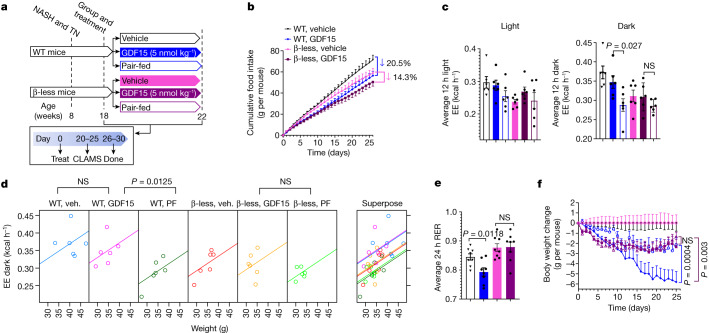Fig. 3. GDF15 increases energy expenditure and fatty acid oxidation through β-adrenergic receptors.
a, Experimental schematic for the effects of GDF15 and matched caloric restriction in WT and β-less mice. b, Cumulative food intake. Data are mean ± s.e.m. n = 6 mice per group. P values were calculated using two-way ANOVA with Tukey’s multiple-comparison test. c, The average energy expenditure during a 12 h–12 h light–dark cycle. Data are mean ± s.e.m. n = 6 mice per group. P values were calculated using one-way ANOVA with Šidák’s multiple-comparison test. d, ANCOVA of energy expenditure against body weight of mice using body mass as a covariate and treatment as a fixed factor (two-sided without adjustment). n = 6 mice per group. Veh., vehicle. e, Average RER over 24 h. Data are mean ± s.e.m. n = 8 mice per group. P values were calculated using one-way ANOVA with Tukey’s multiple-comparison test. f, Body weight change (in grams) over time. Data are mean ± s.e.m. n = 6 mice per group. P values were calculated using two-way ANOVA with Tukey’s multiple-comparison test.

